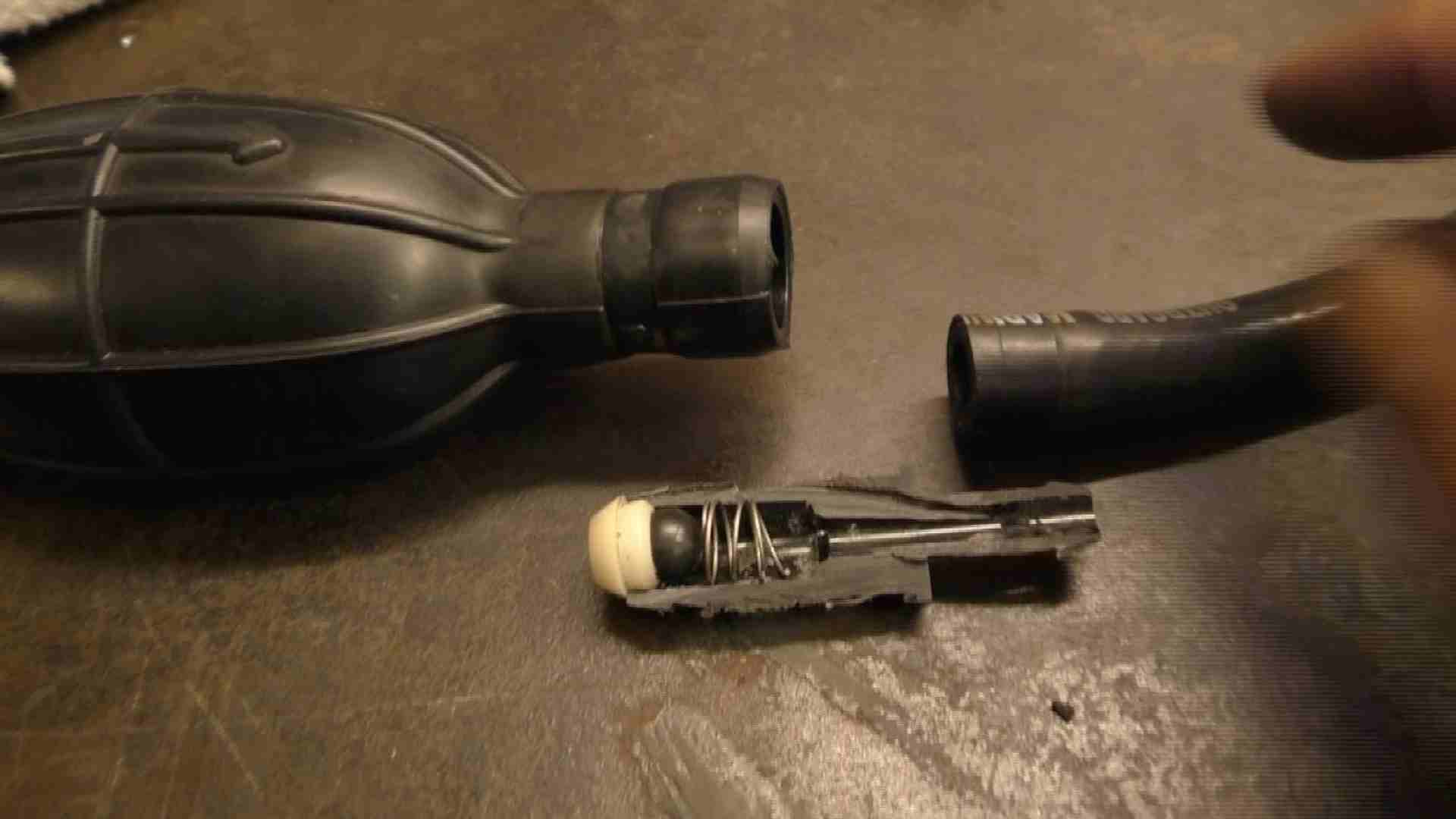5 Symptoms to Detect a Bad Primer Bulb on an Outboard
Ah, the trusty primer bulb. That squishy little friend on your outboard engine, often taken for granted until it betrays us with a sputter and a cough. But fear not, captains! Learning to recognize the symptoms of a bad primer bulb can keep you from getting stranded at the dock, and back out on the water where you belong.
What Does a Primer Bulb Do?
Think of the primer bulb as the engine’s fuel cheerleader. It pumps fuel through the system, priming it for a smooth startup. When it’s healthy, it should feel firm after a few squeezes, holding its shape like a confident captain before setting sail.
Symptoms That Scream Trouble:
- The Squishless Squeeze: If your bulb feels soft and mushy, no matter how much you pump, it’s likely damaged or leaking. This lack of pressure signals trouble priming the engine.
- The Deflating Duo: Give the bulb a squeeze and watch it slowly shrink back to its original size? This air leak is sabotaging your priming efforts, leaving the engine fuel-starved.
- The Hard Start Blues: Cranking and cranking but the engine just won’t turn over? A faulty primer bulb might be preventing proper fuel flow, leaving you frustrated and adrift.
- The Coughing Cough: Does your engine sputter and cough after starting, struggling to maintain a steady idle? This inconsistent fuel delivery could be linked to a malfunctioning primer bulb.
- The Backfire Boom: Loud pops and bangs from the exhaust are a serious warning sign. Improper fuel mixture caused by a bad primer bulb can lead to these dangerous backfires.
Bonus Clues:
- Visible damage: Cracks, tears, or leaks on the bulb itself are a dead giveaway.
- Fuel smell: A strong fuel odor around the bulb could indicate a leak.
- Warning lights: Some outboard models have specific warning lights for fuel system issues.
What to Do Now?
Don’t let a bad primer bulb ruin your day! Take action:
- Inspect the bulb: Check for visible damage, leaks, or air bubbles.
- Test the squeeze: A firm, consistent pump action is a good sign. Mushy or deflating indicates trouble.
- Consult the manual: Your owner’s manual will often guide you on troubleshooting and replacing the primer bulb.
- Seek professional help: If you’re unsure, don’t hesitate to consult a qualified marine mechanic. They have the skills and tools to diagnose and fix the problem.
Remember: Ignoring a bad primer bulb won’t make it magically disappear. It can lead to further engine damage and potentially dangerous situations on the water. Be proactive, listen to your engine’s whispers, and replace that faulty bulb before your next adventure.
Bonus Tip: Keep a spare primer bulb onboard for emergency situations. It’s a small investment that can save you big headaches (and missed adventures) on the water.
By staying vigilant and taking swift action, you can keep your primer bulb primed and your outboard engine purring like a happy cat. So, cast off with confidence, knowing you can spot the telltale signs of a bad bulb and keep your boating adventures smooth sailing!
Share Are Wellcraft Boats Good & Reliable Enough to Own? with your friends and leave a comment below with your thoughts.
Read 6 Common Symptoms of Bad Spark Plugs on Outboard until we meet in the next article.






